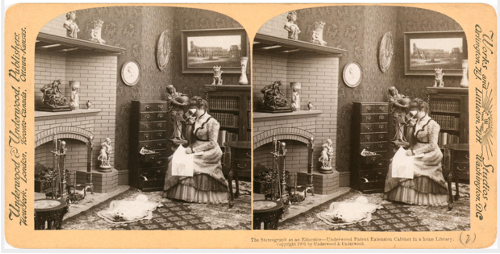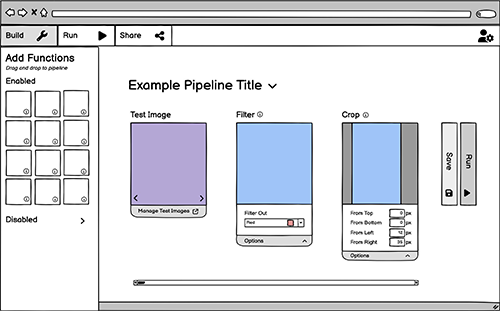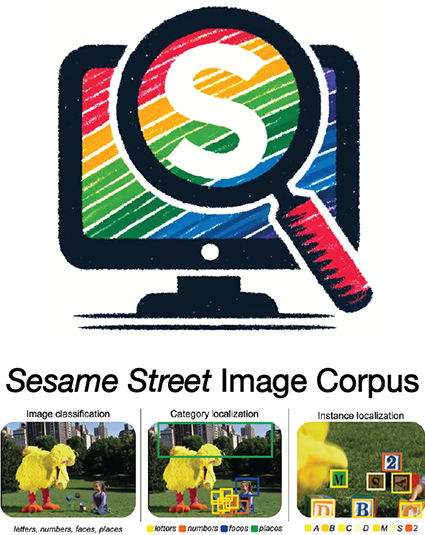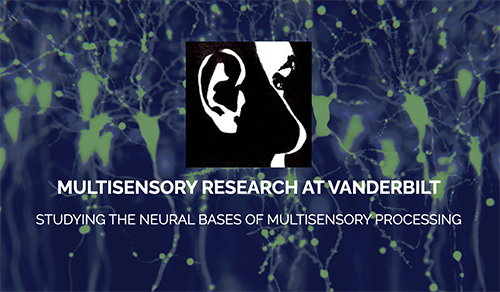Four digital technology projects in the initial stages of development will advance at Vanderbilt, thanks to funding from the Jean and Alexander Heard Libraries’ Digital Lab.
Earlier this year, the Digital Lab invited faculty to apply for seed grants of up to $4,000 each to support nascent projects or project ideas with a digital focus. Eligible initiatives included those that utilize innovative technologies, skills and techniques in areas such as artificial intelligence, archiving and preservation, digital storytelling, 3D scanning and printing, augmented or virtual reality, and more.
The project proposals were evaluated for their cultural importance, global impact and potential for interdisciplinary collaboration, as well as their ability to be preserved in perpetuity.
“The goal of the Digital Lab’s funding program is to propel emerging digital projects at the university along the path to external funding opportunities,” said Andrew Wesolek, chief digital strategist and senior director of the Digital Lab. “This year’s diverse projects exemplify our mission to advance the creation, development and sustainability of faculty-driven digital initiatives.”
The Digital Lab’s 2024 seed grant recipients are as follows:

Ole Molvig, assistant professor of history and assistant professor of cinema and media arts, will use machine learning and virtual reality to make 19th- and early 20th-century stereo photography more accessible to 21st-century viewers.
Stereoscopy is a technique, popular during the Victorian era, that creates the illusion of three-dimensional depth from a pair of two-dimensional images. To date, hundreds of thousands of stereo pair images have been scanned and are hosted and downloadable online, including from major archives like the Library of Congress and the New York Public Library. However, viewing them as intended—with stereoscopic depth—requires significant effort.
Molvig’s project, “Victorian VR,” will serve “as a pipeline to locate, download, segment and display these remarkable images inside modern virtual reality headsets, allowing for far broader and easier access,” he said.

Thomas Scherr, research associate professor of chemistry, will develop a user-friendly web interface for creating image processing pipelines to allow for the analysis of biomedical images.
Biomedical research is increasingly reliant on sophisticated image analysis to unravel complex biological processes and enhance diagnostic accuracy. However, the complexity and need for extensive technical knowledge to operate these tools prevents a large segment of the biomedical community from utilizing advanced image analysis techniques. Scherr’s team will develop an innovative tool that allows users without programming experience from around the world to process large batches of images, automatically determine their results, and record outcomes for further analysis. The team is particularly interested in collaborating with the Digital Lab for its guidance and expertise regarding usability and user-friendly interface and design.
“By simplifying the creation of image-processing pipelines, our project aims to facilitate the uptake of new imaging technologies in diverse health care settings, allowing users to harness results for improved decision-making throughout global health care hierarchies,” Scherr said.

Sophia Vinci-Booher, assistant professor of educational neuroscience, will create an archive of images from more than 4,500 Sesame Street episodes. The television program has been a staple in the lives of children and their families since 1969, when it began its mission to support early education in under-served communities.
The archive will contain tens of thousands of Sesame Street images that will be annotated to identify the location of items in each scene, including common objects and educational content. With support from the Digital Lab and Heard Libraries staff, the Sesame Street Image Corpus will be stored in a digital archive that will allow efficient image selection across multiple academic disciplines, such as the brain sciences, social sciences, library sciences, education, history, visual arts and filmography.
“While the primary aim of the project is to provide the computer vision community with the first image corpus capturing digital media for children, the corpus is expected to be of significant value for research programs beyond computer vision research,” Vinci-Booher said.
Marcus Watson, a software developer in the Multisensory Research Lab directed by Mark Wallace, the Louise B. McGavock Professor of Psychology, will study multisensory integration—how the brain combines and integrates acoustic, visual and touch signals.

The Wallace lab is constructing a “cave” environment to study multisensory integration. This includes three large screen walls and a floor that receive video from high-resolution projectors, a 25-speaker array, full motion tracking, robotic force-feedback devices and other technologies.
“We will be using the Digital Lab seed grant to fund a summer student to test the localization of sound in the cave to ensure that we can present auditory stimuli that appear to come from any desired region of space,” Watson said.
The 2024 Digital Lab seed grant projects will be celebrated in a public showcase this fall. Each of this year’s recipients plans to apply for additional funding in the coming year.
“Heard Libraries is proud to partner with these faculty and staff members from across the university in the creation of vital new resources and knowledge,” University Librarian Jon Shaw said. “I can’t wait to see what comes from these exciting trans-institutional collaborations.”